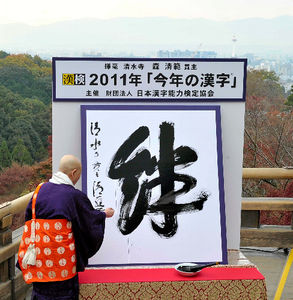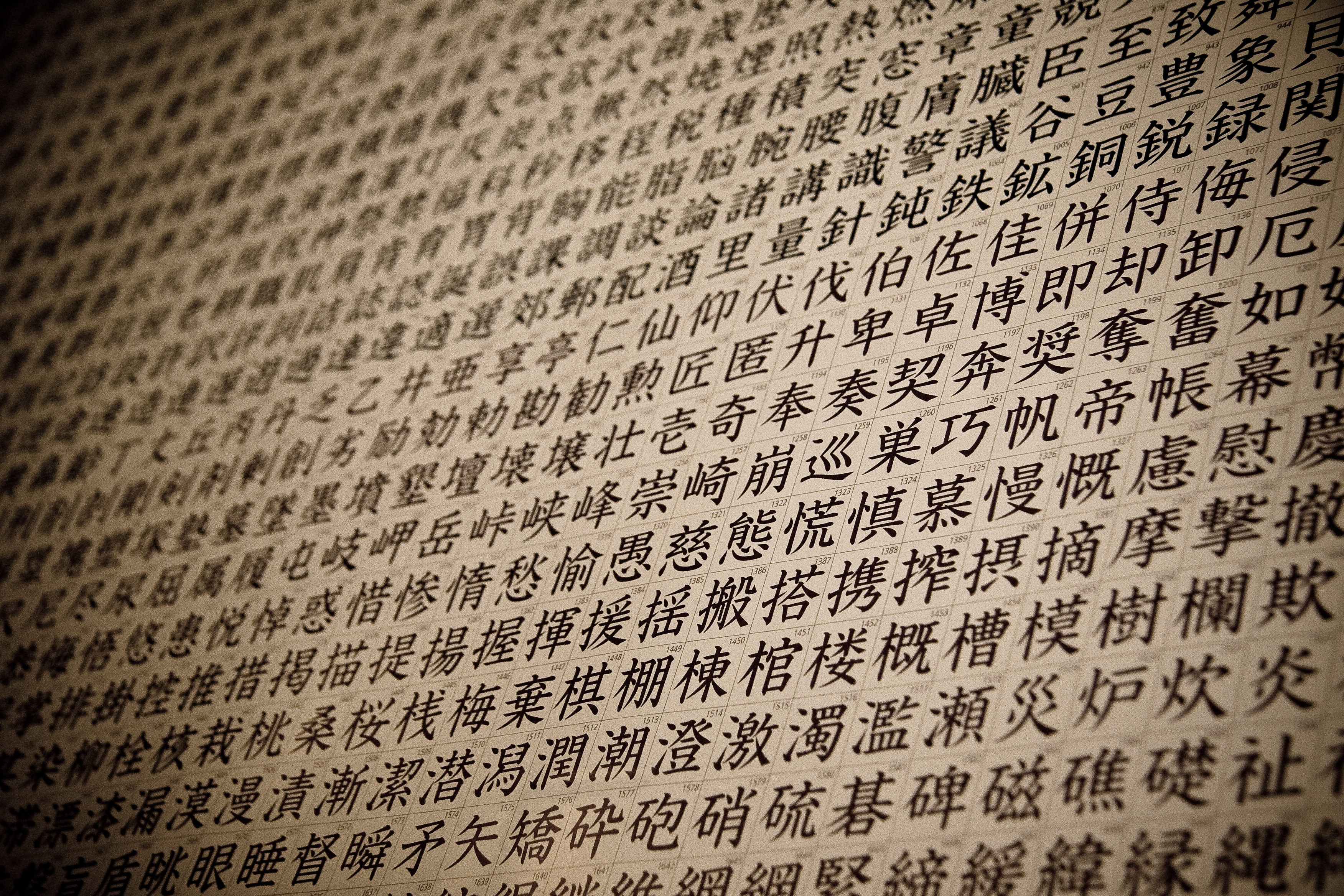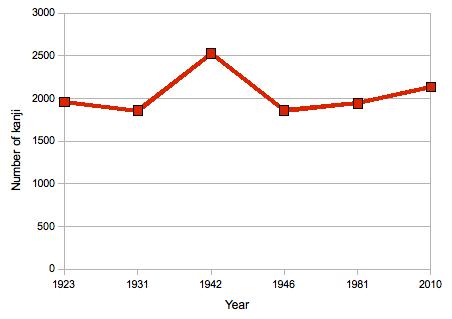One of the first things most people try to do when studying kanji is try to find patterns to help them memorize and understand how they work. But that’s not always easy…
大 太 犬
We have the kanji for “big” 大 (dai). If we add a small stroke and it becomes “fat person” 太 (futo). A fat person is big, so more or less, it can make some sense. But if we move this small stroke up, it becomes “dog” 犬 (inu). Now, how can this make any sense?
一 二 三 四
Numbers are some of the basic kanji everyone tries to learn first. One 一, two 二, three 三. See the pattern? Not so difficult, isn’t it? Ok, let’s continue. Four 四. Makes no sense…
角 + 䖝 = 触
Some kanji are formed by two different smaller components. For example 角 horn + 䖝 insect = 触 to touch. I personally don’t see any pattern on how you can relate an insect with horns with touch. Would you touch an insect with horns? I would definitely not…
That’s what the popular Atsugiri Jason tries to show in this popular funny video. It’s in Japanese with English subtitles.
The last kanji he writes is the one for depression 鬱. It has so many strokes (29) that he becomes depressed after trying to memorize it.
Have you ever thought Japanese kanji are crazy nonsense?



